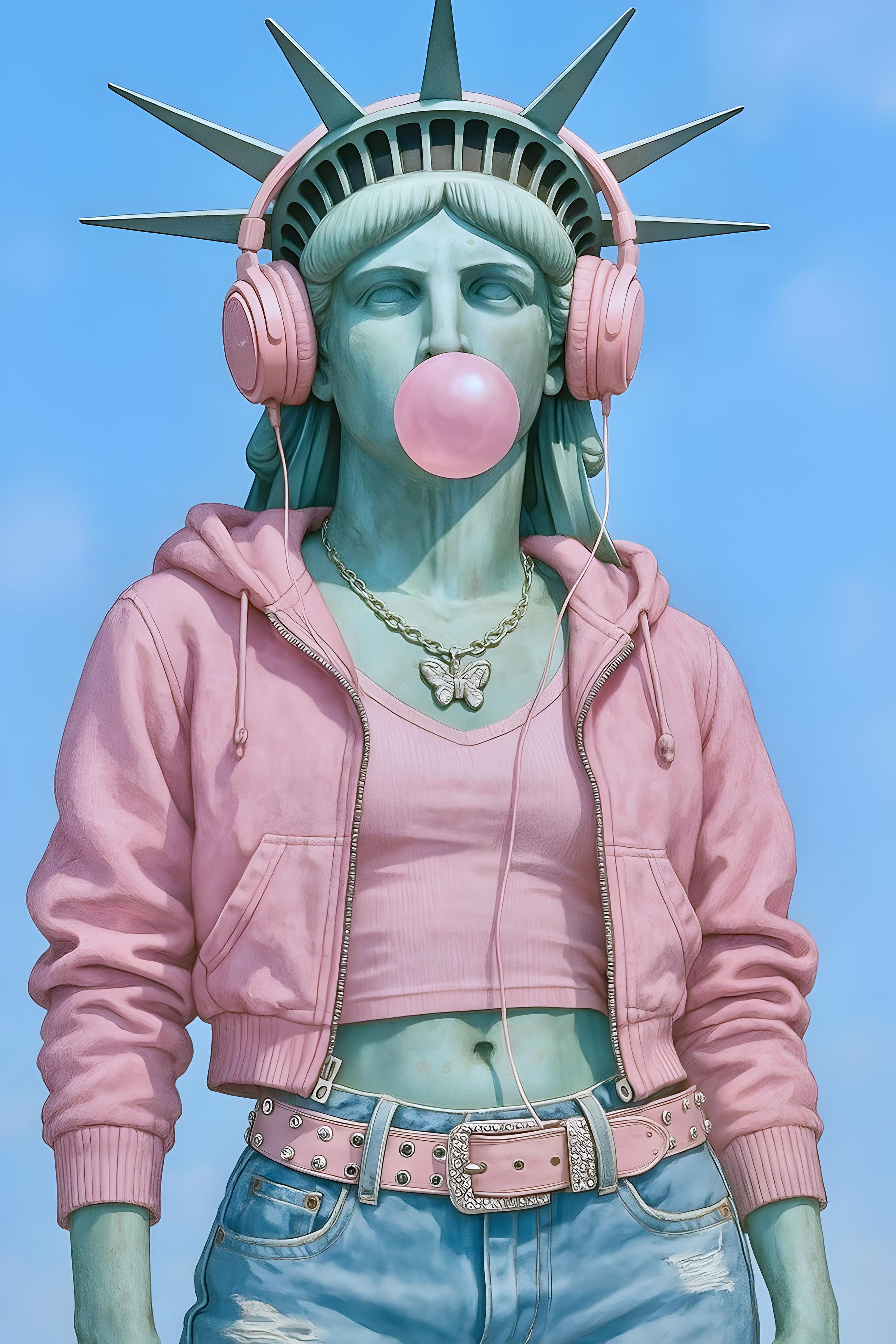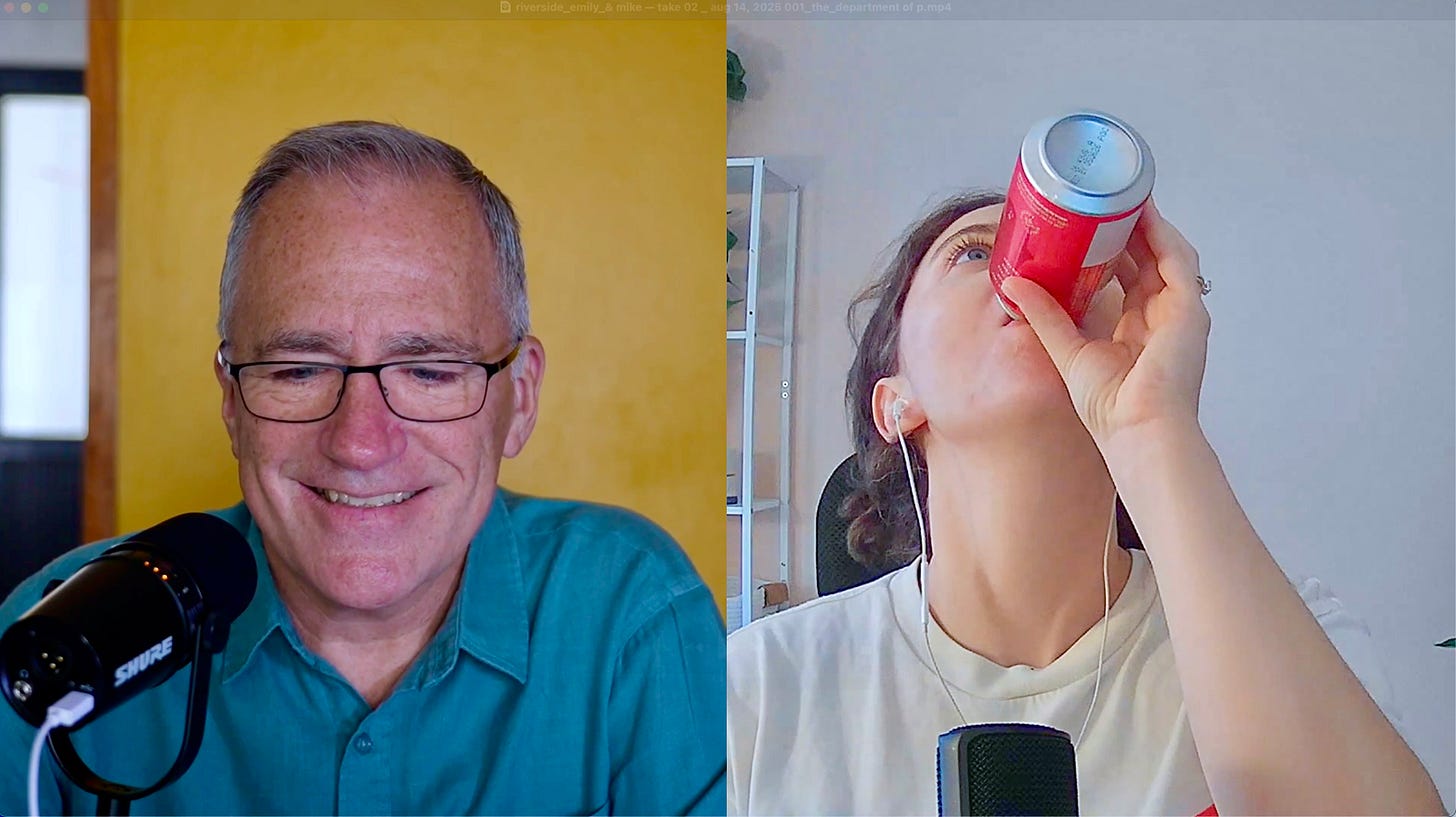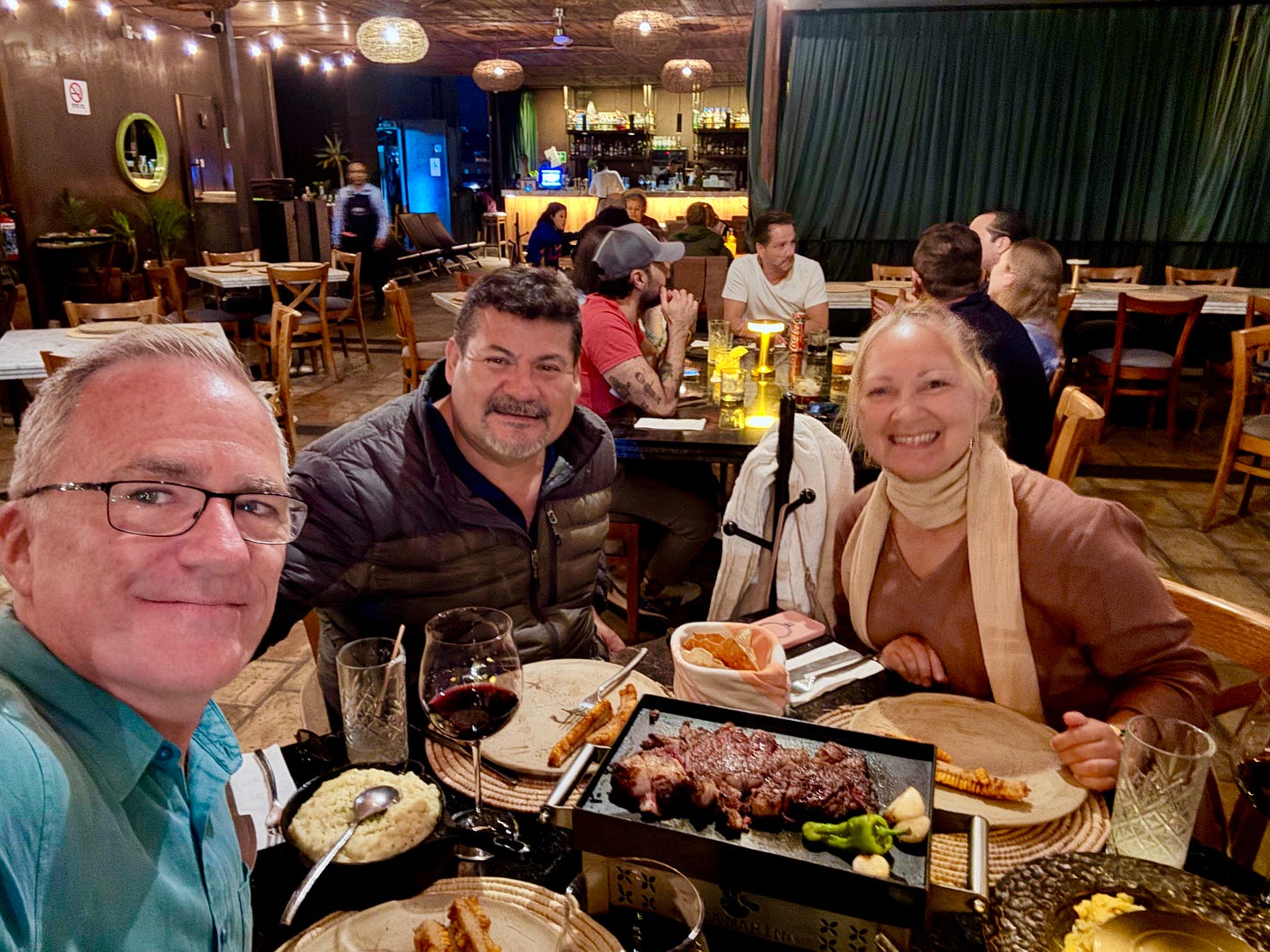Why zero-click panic is overblown
People are getting answers from AI chatbots instead of the websites that feed those chatbots. Will that kill content sites?
Some call it the “zero-click web.” And it’s creating the “zero-click crisis.”
The idea is that when you want information, you go to an AI chatbot like GPT-5, ask a question, get an answer, and move on with your life without clicking through to the websites that monetize with advertising or subscriptions. And even when you “Google it,” Google’s direct answers, knowledge panels, and AI overviews often give users a zero-click answer.
The crisis: AI companies are getting rich by giving away other people's content for free. Every time someone gets an answer from a chatbot instead of visiting a website, that's money being transferred from content creators to AI companies. The media ecosystem will be strangled by this "zero-click crisis."
But the trend might not turn out as bad as some think.
The reason is that while most people might turn out to be zero-clickers, a minority of people are likely to keep on clicking.
While AI is super convenient, it’s not a great source of information, nor are AI chatbots ideal from a product standpoint.
As I detail in my upcoming Computerworld column that hits Monday, recent research has found that AI can and will be weaponized for propaganda and persuasion, the results can and will be biased for commercial gain, AI companies secretly steal user data, and — most importantly for people who care about quality information — AI provides a narrow, generic and average worldview.
In other words, on that last point, getting your information about the world from AI will make you average, not exceptional. And some people will want to be exceptional.
Many, but certainly not most, information-seeking people will continue to click through to original sources, seek out original sources, follow original sources, pay for original sources and patronize advertising. (Note that the AI chatbots will give you links to the best resources. All you have to do is ask.)
How the future will look like the past
“But Mike,” you say, “how can a small minority pay for an entire ecosystem of content?”
To which I reply: “Same way they always did.”
Let’s take a look at the advertising that everyone points to when gnashing teeth about the zero-click crisis.
Well over 99% of Google users who click through to content websites never buy anything from the ads they see on those sites.
Far less than 1% of Google users (between 0.3%–0.6%) do sometimes buy something after seeing an ad.
That tiny minority pays for all the content that every Google user sees. More than 99% get a free ride, subsidized by the people who buy the ads.
On Substack, less than 7% of all Substack readers pay for any newsletters at all. That means less than 7% are paying for 100% of all Substack content and keeping the company and the writers in business.
In fact, most content sites, a very small minority is paying for all the content, giving the very large majority subsidized, free content.
Meanwhile, open access sites (which provide free, unrestricted public access to scholarly or scientific content without charging anyone, such as PubMed Central, arXiv, and DOAJ) fund themselves through a mix of article processing charges paid by authors or institutions; direct support from universities, research societies, or library consortia; grants and donations; advertising or sponsorships; freemium features; and sometimes by licensing content or selling value-added services. Nearly all people who “consume” this content do so free, subsidized by others.
Some content sites are fully or mostly available exclusively to paid subscribers, including The Wall Street Journal, The Information, The Times (UK), Nikkei (Japan), The Boston Globe, and The Economist. Other major publications like the Financial Times, The New York Times, and others operate metered or hybrid models allowing limited free access or use soft paywalls for sampling and SEO.
The Financial Times, The Wall Street Journal (News Corp), and The New York Times have signed multi-million dollar licensing deals with AI companies like OpenAI and Amazon to allow use of their paid content in AI models and chatbots. There should be a lot more of this kind of deal-making.
Pundits and commentators act like simply opening a page that contains advertising pays for the site. But the truth is that only the tiny minority who buy the advertised products pay for the site. (Yes, advertisers pay for exposures and clicks, but the non-participation of the majority of non-buyers is priced in.)
That’s why ad-blockers aren’t as evil as claimed. People who block ads know they’re not going to purchase goods advertised, so what’s the point of exposing themselves to ads?
For the past century, advertiser-supported content has been paid for entirely by a small minority of people with the means and desire to buy the advertised products.
I suspect our zero-click future will look a lot like our most-people-don’t-buy-the-advertised-product past.
In other words, the zero-click people are the same majority of people who used to click through to ad-supported or subscription-supported content sites and then never buy or subscribe to anything.
If a non-contributor stays on the ChatGPT website and never pays for the content, or if a non-contributor clicks through to an ad-supported website and never buys the advertised products — what’s the difference?
Content supporters — people who buy ads and especially people who pay subscriptions — will continue to support quality content with their wallets.
The minority who want exceptional, rather than average, information will have to seek out that exceptional information, subscribe to it and (as people who buy things) will be seen as extremely valuable to advertisers.
What we need from Google, OpenAI and all the other usual suspects, is to wake up.
They need to actively support the minority who is going to be paying for literally everything — the search sites, the AI chatbots and the media and content that feeds them all. They can do this by highlighting and showcasing the content creators and media outlets that are providing original quality information.
They need to stop treating content creators as free resources to exploit and instead realize that their entire business is built on the work of those creators. Without content creators, search engines and AI chatbots have literally nothing.
Everyone fears a future where freeloader companies steal content and serve it up to freeloader users. But this future can’t exist.
Without the minority of clickers, buyers, and subscribers funding those content creators, the AI companies have nothing and, by the way, the zero-clickers have nothing also.
The zero-click future is built on a foundation of content creators who have to make a living, and funded entirely by the clickers who will pay for everything for everyone.
Because if the clickers don’t pay for the zero-click future, there will be no zero-click future.
Superintelligent: PhDs Who Can’t Price a Pedicure
This episode of the Superintelligent podcast covers a range of timely tech topics, including the recent launch and user reactions to GPT-5, broader trends in AI development, and the shifting landscape of platform monetization and product quality. Mike and Emily explore the role of AI in medical research, the complexities of lifelogging and information retrieval, and the evolution of note-taking tools from analog methods to modern AI-powered apps like MyMind. They also discuss the features and challenges of e-readers and tablets for digital annotation, as well as practical workflow tips for organizing travel and productivity.
Subscribe free by searching for "Superintelligent" in your podcast app, or subscribing on the Superintelligent webpage.
More From Elgan Media, Inc.
The dark side of AI monetization
Smart people use AI to get smarter
Where’s Mike? Oaxaca, Mexico!
(Why I’m always traveling.)







I know I pay for more subscriptions than ever: Kagi for search, 404 Media for news, and thank you for your writing and thoughtful commentary.
All time great quote of this anycast was Mike's "One thing that hasn't changed is nobody knows anything". Virtual roar!